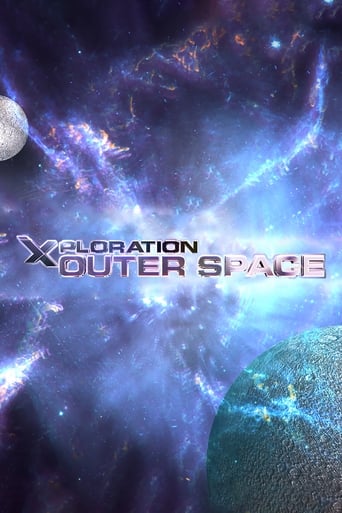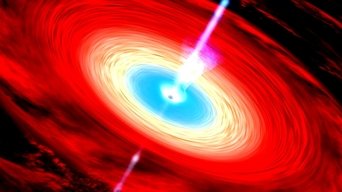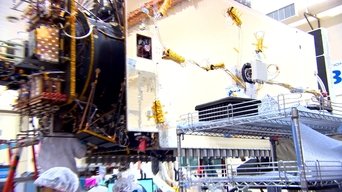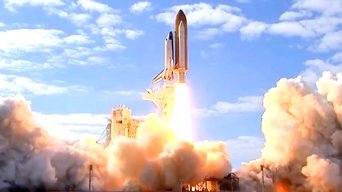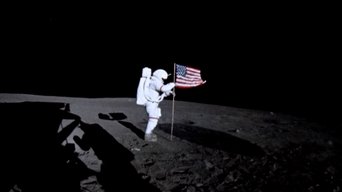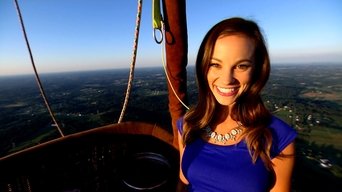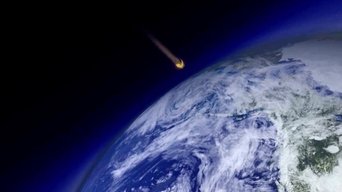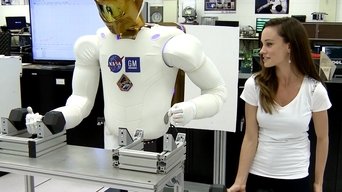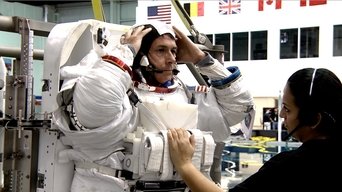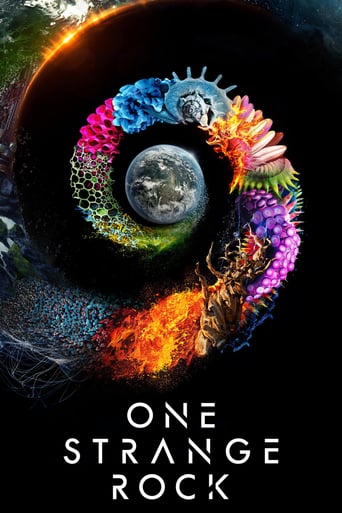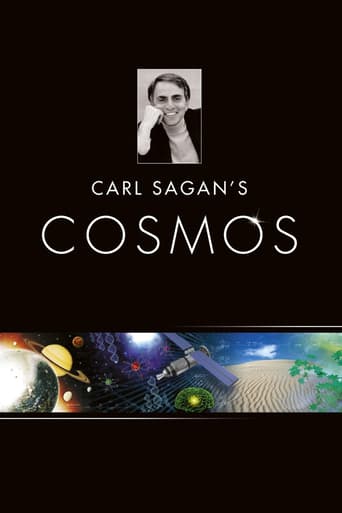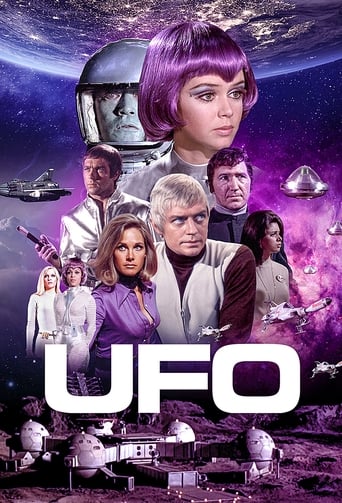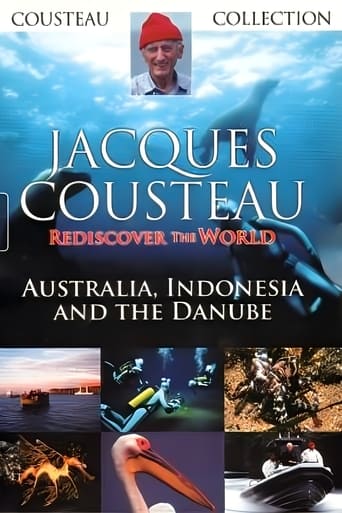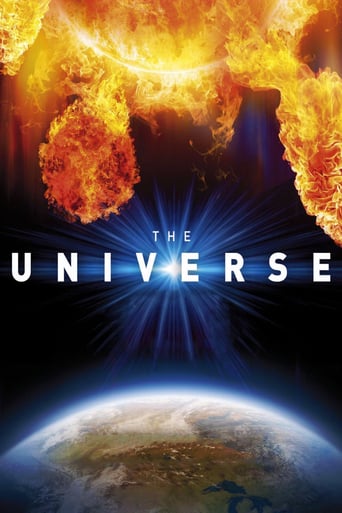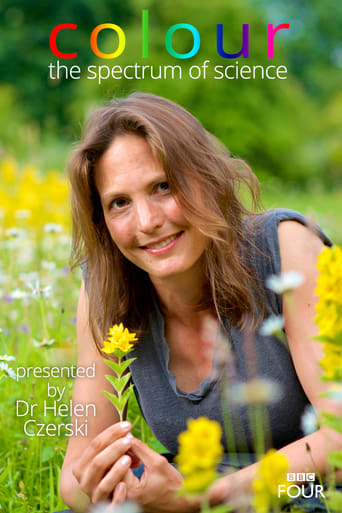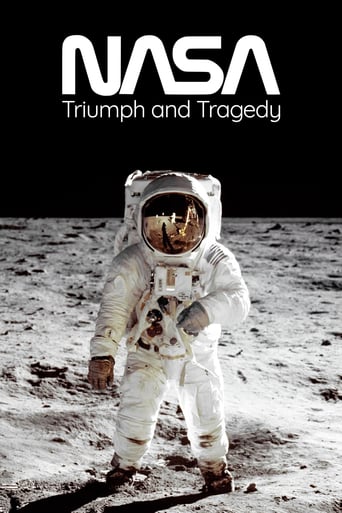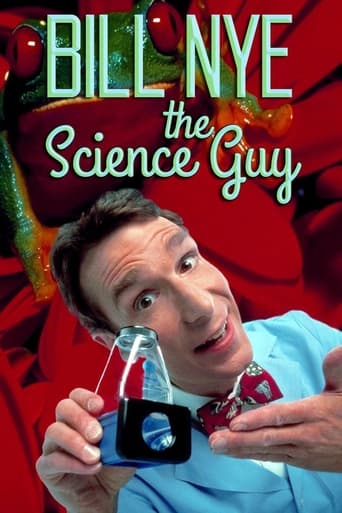Xploration Outer Space Season 1
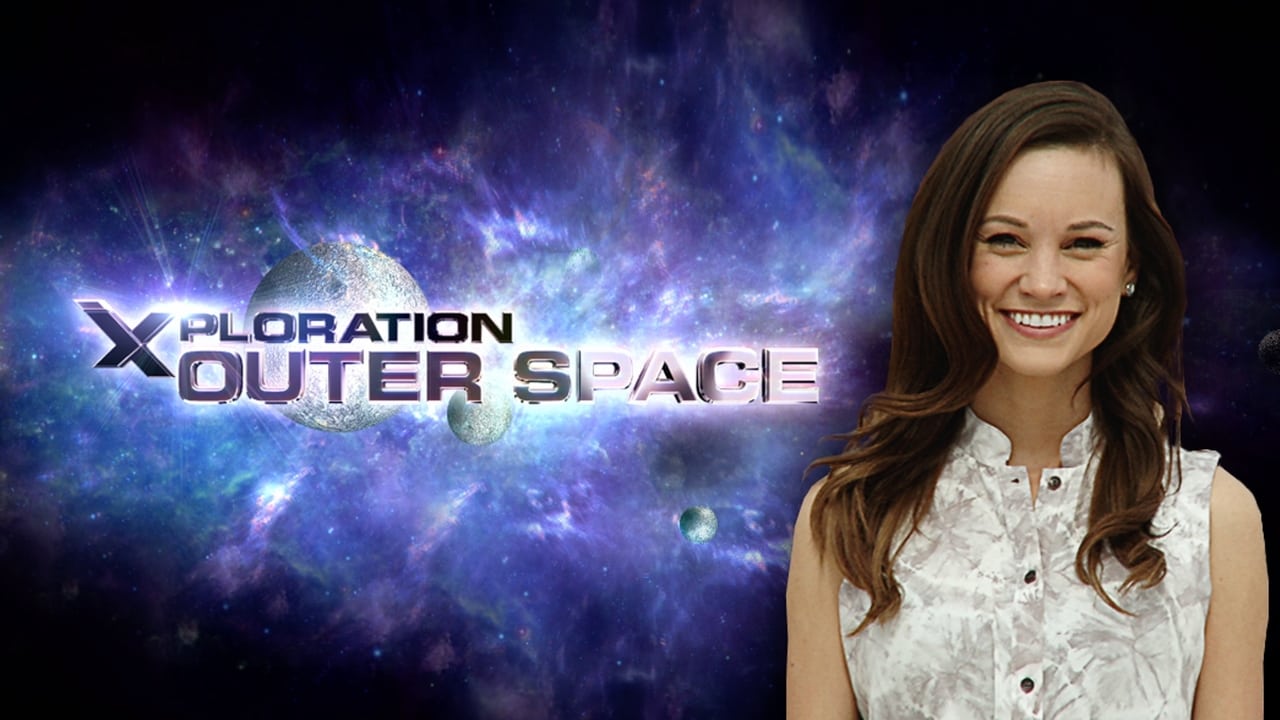
Host Emily Calandrelli, Harvard scholar and former Nasa employee, takes viewers on incredible journeys through space. She visits various NASA facilities as we search for answers about our universe. Xploration Outer Space is part of the Xploration Station two hour syndicated block airing on Fox stations throughout the country.
Watch NowWith 30 Day Free Trial!
Xploration Outer Space
2014 / TV-Y


Host Emily Calandrelli, Harvard scholar and former Nasa employee, takes viewers on incredible journeys through space. She visits various NASA facilities as we search for answers about our universe. Xploration Outer Space is part of the Xploration Station two hour syndicated block airing on Fox stations throughout the country.
Watch Trailer
With 30 Day Free Trial!
Xploration Outer Space Season 1 Full Episode Guide
Through the eyes of astronauts, entrepreneurs, and inventors, host Emily Calandrelli asks one of the key questions of Outer Space: Why do we explore? We’ll hear from several astronauts and visit a few locations where the most powerful observatory is being built – The James Webb Space Telescope. Plus, we’ll meet a man with a unique goal of building a human settlement on the planet Mars. There’s only one catch: if you go, you can’t come back.
Host Emily Calandrelli meets with a team of scientists to discuss the death of massive stars in the Universe. The aftermath produces some of the brightest and most violent scenes – from supernovas to gamma ray bursts to one of the most intriguing events in the cosmos: black holes. Plus, a unique way to track these amazing acts: in mid-air on board a 747.
Host Emily Calandrelli meets with a team of scientists to discuss the dynamic, explosive, and dangerous center of the Solar System: the Sun. Emily explores the threat that two types of solar explosions can pose to us here on Earth. Plus, we get a tour of the world’s largest solar farm in California’s Mojave Desert.
Host Emily Calandrelli delves into the world of satellites: from small cube-sized ones all the way up to large space crafts that orbit the Earth and document changes in our geography. Emily visits one of the largest satellite manufacturers in the world to see how satellites are made and tested for the rigors of outer space. Plus, a trip inside the cleanroom to get a sneak peek at the building of NASA’s ICESat 2.
Host Emily Calandrelli examines how rockets are made, how they blast off, and how they make their way through the Earth’s atmosphere. Emily travels to NASA’s Wallops Flight Facility in Virginia for an all-access pass as the crew prepares for the launch of the Antares Rocket. Plus, an introduction to a propulsion system that could be the key to one day traveling to Mars.
Host Emily Calandrelli explores the next great travel destination: Outer Space. With trips ranging from $75,000 into the millions, Emily visits with several companies that are planning to send tourists into space over the next few years. Also, a unique trip inside Virgin Galactic to see their unique plans to transport private citizens into outer space. Plus, amazing details of a 2-week vacation to the International Space Station and a return home….orbiting the Moon.
Host Emily Calandrelli meets with scientists to discuss the creation, composition and history of the Earth’s nearest neighbor: The Moon. Plus, she travels to two of the teams competing for the Google Lunar X Prize, a $30 million award given to the first group to land a rover on the Moon, travel across its surface, and send images back to Earth. Plus, Emily poses the question: When are we going to return to the Moon?
Host Emily Calandrelli visits with experts to discuss the scientific advantages of high altitude balloons. Emily travels to Wallops Flight Facility to see how these balloons are created and tested to survive the rigors of near space. She also learns about one balloon that lifted an 8000 lb. telescope to the edge of space and discovered something amazing. And finally, Emily travels to West Virginia to launch a balloon of her own, which leads to a dramatic search and rescue mission.
Host Emily Calandrelli speaks to experts who are learning everything they can about asteroids and their potential impact on earth. From the dinosaur killer to the Chelyabinsk meteor of 2013 - we learn about the destructive power of asteroids. Emily takes a trip to the Ames Vertical Gun Range for an experiment that predicts impact size on the moon and the Earth. Emily also travels to Seattle Washington to meet a company that has a plan to profit from the valuable material hidden in these rocky bodies.
Host Emily Calandrelli assembles an investigative team to tackle one of the biggest questions of our time: Are we alone? She travels to the SETI institute to meet with leading scientists Jill Tarter and Seth Shostak to learn how we are searching for intelligent life in our universe. She also meets with Chris McKay at NASA Ames Research Center to hear his top candidates to host life beyond earth.
Host Emily Calandrelli explores the robots that are changing the way we explore space - and helping people on earth. Emily meets Robonaut, a man-like robot assisting astronauts on the International Space Station. Then she takes a ride in the Space Exploration Vehicle, which hopes to eventually land on the Moon or Mars. She also examines a 13 foot spider like robot named ATHLETE.
Emily Calandrelli travels to Johnson Space Center to get an inside look at what it takes to be an astronaut. She explores an astronaut dive in the Neutral Buoyancy Lab, then takes a closer look at the suit that keeps astronauts safe in the vacuum of space. Veteran astronaut Cady Coleman joins her as she rides the famous Vomit Comet aircraft to experience the weightlessness of space.
Join host Emily Calandrelli as she talks to scientists about the next stop in our solar system – Mars. She visits NASA’s Jet Propulsion Laboratory to meet Curiosity, the rover currently exploring Mars and slowly unlocking its mysteries. Then Emily heads to Hanksville, Utah to meet up with a group of students at the Mars Desert Research Station and find out what it could be like to live on Mars.
Free Trial Channels
Seasons


